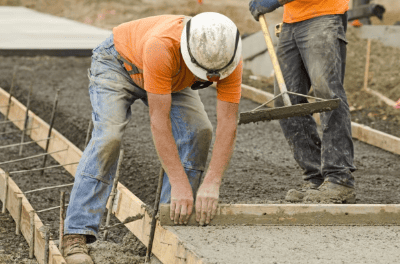Siding Maintenance Tips to Extend Its Lifespan

Your home’s siding helps protect it from weather, bugs, and everyday wear and tear. Keeping it in good shape not only makes your house look nice but also keeps it safe. With regular care, you can make your siding last longer and avoid expensive repairs. Here are some easy siding maintenance tips to help extend its lifespan.
Clean It Once or Twice a Year
Dirt, mold, and mildew can build up on your siding over time. Cleaning it once or twice a year keeps it looking good and helps prevent damage. Use a garden hose, a soft brush, and mild soap to wash away the grime. Don’t use a pressure washer unless your siding can handle it. Too much pressure can cause cracks or leaks.
Check for Damage Often
Walk around your home every few months and look for signs of damage. Look for cracks, warping, loose panels, or places where water might get in. Finding problems early can help you fix them before they get worse.
Repainting or Resealing as Needed
Some siding, like wood or metal, needs a fresh coat of paint or sealant every few years. Paint not only makes your siding look better, but it also …




